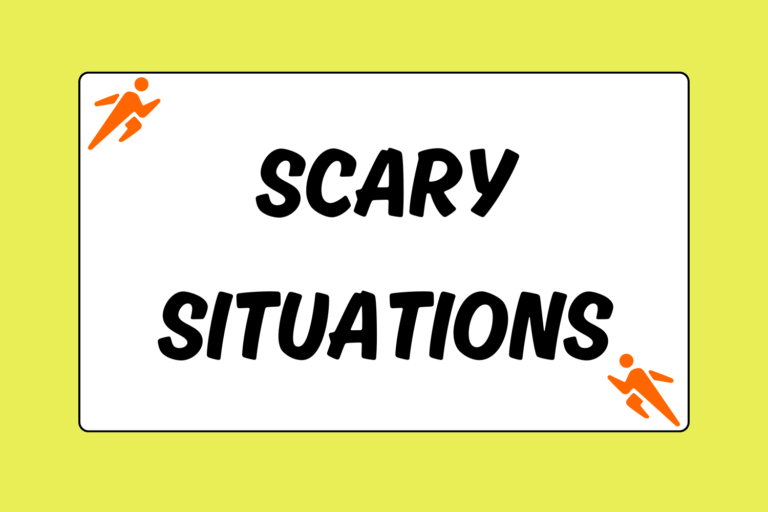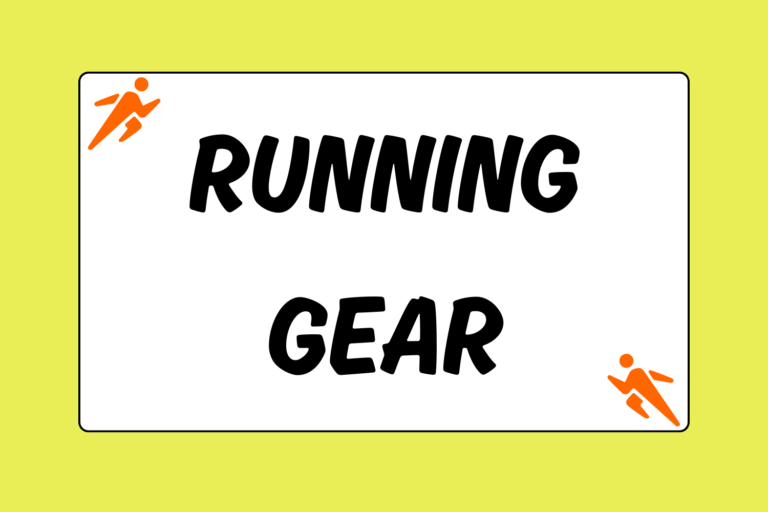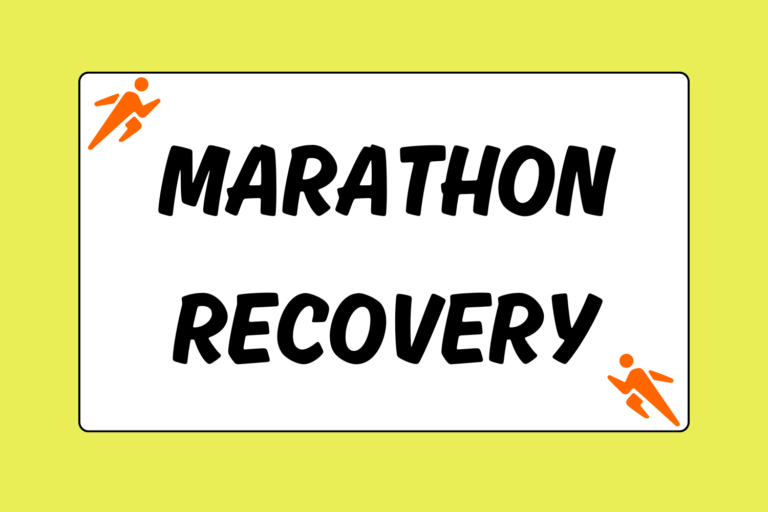Finding the right running shoe can be a daunting task. You’ll likely face mountains of shoes, fads, and the inevitable jargon associated with running shoes. Knowing what you need and how to find it will help.
Run in a Running Shoe
Sure, you don’t need a running shoe to run. But only a running shoe is specifically designed to support and cushion your feet during a straightforward running motion. Runners take about 180 strides per minute. This means your foot will hit the ground in approximately the same way 3,000 to 4,000 times in just 20 minutes.
The repetitive nature of running necessitates shoes that support your feet very well. Even a small problem can become large over the course of thousands of foot strikes. The tradeoff is that running shoes sacrifice strong lateral stability — what you need to make lots of sharp turns — for running-specific support. Thus, while not well suited for many athletic endeavors, running shoes are the best shoes for running.
The Right Shoe for You
Running shoes are not only designed with the act of running in mind. They are also tailored to the specific differences in runner’s feet and running gaits. There is a large natural variability in how high a runner’s arches are, and how much a runner’s foot pronates or supinates during running. These variations are the basis for matching your foot to a running shoe.
The Good News
There is some good news. Due to variations of shoe design, manufacturers have created a wide enough variety of shoes that you should be able to find one that fits just right. There are many variables that affect the fit, and degree of support offered by a shoe. Some include:
- The bend of the last
- The use of materials of different densities in the sole
- The width of the toe box
- The flexibility of the upper, non-sole part of the shoe
- The stiffness of the sole
- The heel counter
When you combine the functional variables with the style variables of running shoes, there will be many options. The challenge is finding your ideal shoe among the vast options.
The Better News
The better news is that you don’t need to know how all of these shoemaking variables relate to you. Shoe companies have traditionally categorized their running shoes in such a way that you don’t need to know much about shoe construction to find a shoe that will work well for you. You just have to know a little bit about your feet. The rest of this guide will give you what you need to know.
Shoe Categories
Manufacturers have divided shoes into categories. Categorization is based on the concept of support (or motion control). For running shoes, this means combating the forces of pronation that occur naturally with each foot strike. All running shoes — excluding those designed for racing — fall into one of the following categories:
- Cushioned/neutral: Entirely neutral trainers made with the primary aim of cushioning your footstrikes.
- Stability: Shoes with mild support, suitable for someone with an average foot.
- Motion control: Shoes with significant stability, typically employing a harder material on the inside heel and/or midsole to counteract pronation.
- Lightweight trainer: Shoes with neutral or mild support that are also lightweight and low profile.
Within these categories there is still some variation in the degree of stability offered. Don’t be surprised to encounter product descriptions such as “light stability” or “heavy motion control.” These descriptors simply address where the shoe falls within its own category.
Determining Your Foot Type
Both genetics and fitness level play in to which shoe-type will be best for your feet. There are several ways to determine your foot type, and thus the best shoe type for you to start out in.
First, you can go to a quality local running store. At a good running store, employees should be well trained to diagnose your foot and gait. They will also be able to provide feedback about what consumers think of a particular shoe.
There are also a couple tests you can do at home to determine your foot type. These tests are explained below.
The Wear Test
Check out the wear on your old shoes. For this test to work, the soles of your last pair of running shoes need to be significantly worn for this test to work. Look toward the forefoot rather than the heel. If the wear on the soles is heavily concentrated along the outside edge of the shoe, you are likely supinating and thus could use a cushioned shoe. If the wear is concentrated along the inside of the shoe, you are likely pronating significantly and could benefit from a motion-control shoe. If the wear seems evenly distributed, you will likely be well served by a stability shoe, but might also find a cushioned shoe to your liking.
The Wet Test
Another option is the wet test. Get your feet wet and take a few steps on some dry concrete (or similar surface). If your footprint shows a crescent arch or no connecting mark between your heel and forefoot, you have a high arch, and could benefit from a cushioned shoe. If the mark of your arch is not much thinner than your heel and forefoot, you have a low arch, and most likely could benefit from a motion control shoe. If the mark is neither skinny nor fat, you likely have a pretty regular arch, and could use a stability or neutral shoe.
The Store vs. the Web
The internet can offer better prices. A store will let you try on shoes. Running-specific stores will have employees who possess a degree of shoe knowledge. Plus, shopping in a running store helps to support your local running community; running stores often play an integral role in the local running scene. The bottom line is: If you don’t clearly know what you want, skip the internet and head to the store.
Functional Comfort
Because there are nearly as many variables in running shoes as there are in human feet, keep in mind what’s really important:
- The shoe has to feel good. If it’s not comfortable, it’s not worth it.
- The shoe has to work. In other words, you have to be able to run comfortably for a significant duration in it.
Simply trying a shoe on will often reveal much of what you need to know. It will also answer the most important questions, such as: “Is it comfortable?” and “Does it make you want to run?”





